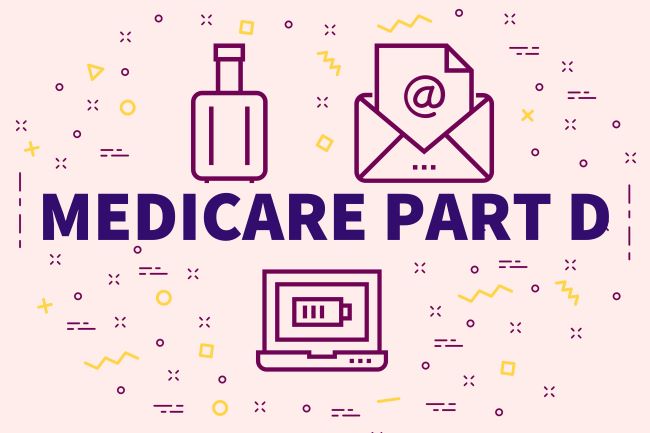If you take any prescription medications, you are probably familiar with your insurer’s drug formulary. You know that the formulary determines if the insurer covers your prescription and how much you will pay. Having a more in-depth understanding of how the formulary works can help you save on drug costs.
What Is a Drug Formulary?
A drug formulary is the list of prescription medications – generic and brand name – that your insurance company covers. Formularies vary between insurers and can even vary with the type of plan. For example, the Medicare drug formulary at your insurance company may be different than the formulary for employer-based group plans.
Each insurer has a medical team consisting of pharmacists and physicians who help determine the formulary, based on effectiveness, safety, and cost. Some insurers use a Pharmacy Benefit Manger (PBM) to act as a middleman between the insurer and pharmacies. PBMs negotiate costs with drug manufacturers, help the insurer create the formulary, help set copays and prior authorization policies, and handle reimbursements to the pharmacies.
Formulary Tiers
Formularies are divided into categories called tiers. The number of tiers varies by insurer, but there are usually between three and five. The tier your prescription falls on determines how much you pay. The lower the tier, the lower your out-of-pocket costs.
The drugs on a typical five-tier formulary are grouped into the following categories:
Tier 1 – Preferred, low-cost generic drugs
Tier 2 – Non-preferred, low-cost generic drugs
Tier 3 – Preferred brand name and higher-cost generic drugs
Tier 4 – Non-preferred brand name and non-preferred highest-cost generic drugs
Tier 5 – Highest-cost specialty medications
Many drugs treat the same symptoms and conditions. An insurer will make a drug preferred if it is considered more effective or it is less costly than similar drugs. Drugs considered experimental and not approved by the FDA are not covered because their safety and effectiveness are unproven.
Formulary Changes
Your formulary can change even in the middle of your plan year. Insurers may add, remove, or change the tier of a drug for the following reasons:
- A new medication is approved by the FDA.
- The medication has been removed from the market for safety reasons.
- The medication is approved for over-the-counter sales and no longer requires a prescription.
- A brand name medication loses its patent and generic versions become available.
Your insurer should notify you if you will be negatively impacted by a formulary change. In some cases, your insurer may give you a transition period to find alternate drugs.
How to Read Your Formulary
Drugs on a formulary usually appear in two separate listings. One listing is in alphabetical order by drug name. The other is by drug classification, such as antibiotics, cardiovascular, gastrointestinal, etc. The formulary will list what tier the drug falls on.
The formulary will also tell you if a drug has special requirements, such as:
- Prior Authorization – Your doctor must request approval for your medication through the prior authorization process. This is one way your insurer makes sure your medication is necessary and appropriate for your treatment.
- Step Edits or Step Therapy – This policy requires you to try a lower-priced medication before it will cover a higher-priced medication.
- Quantity Limits – The insurer places a restriction on the quantity of the drug it will cover during a certain timeframe – for example, 60 tablets per month.
- Mail Order – This will indicate if the drug can only be filled at a retail pharmacy or if it is available by mail order.
Filing an Appeal
If your insurer denies your request to cover a drug, you can file an appeal. You can also appeal a step edit or quantity limit requirement. Follow your insurer’s process for filing your appeal – your doctor will need to provide supporting medical documentation. If your plan denies your appeal, you can request an external appeal with your state’s insurance regulator or the Department of Health and Human Services.
How to Save Money
If you are taking a high-tier medication, work with your doctor to see if a lower-cost drug on your formulary would be effective for you. If you are having trouble paying for your medications, there are several programs that can help. The Low-Income Subsidy Program, also known as Extra Help, can assist with the cost of prescription drugs, whereas the Texas Rx Assistance Program is open to all residents in the state of Texas.
Do you have the right Medicare coverage for your medical and prescription drug needs? Our experienced and knowledgeable team at Medicare Educators is here to help. Contact us today.

